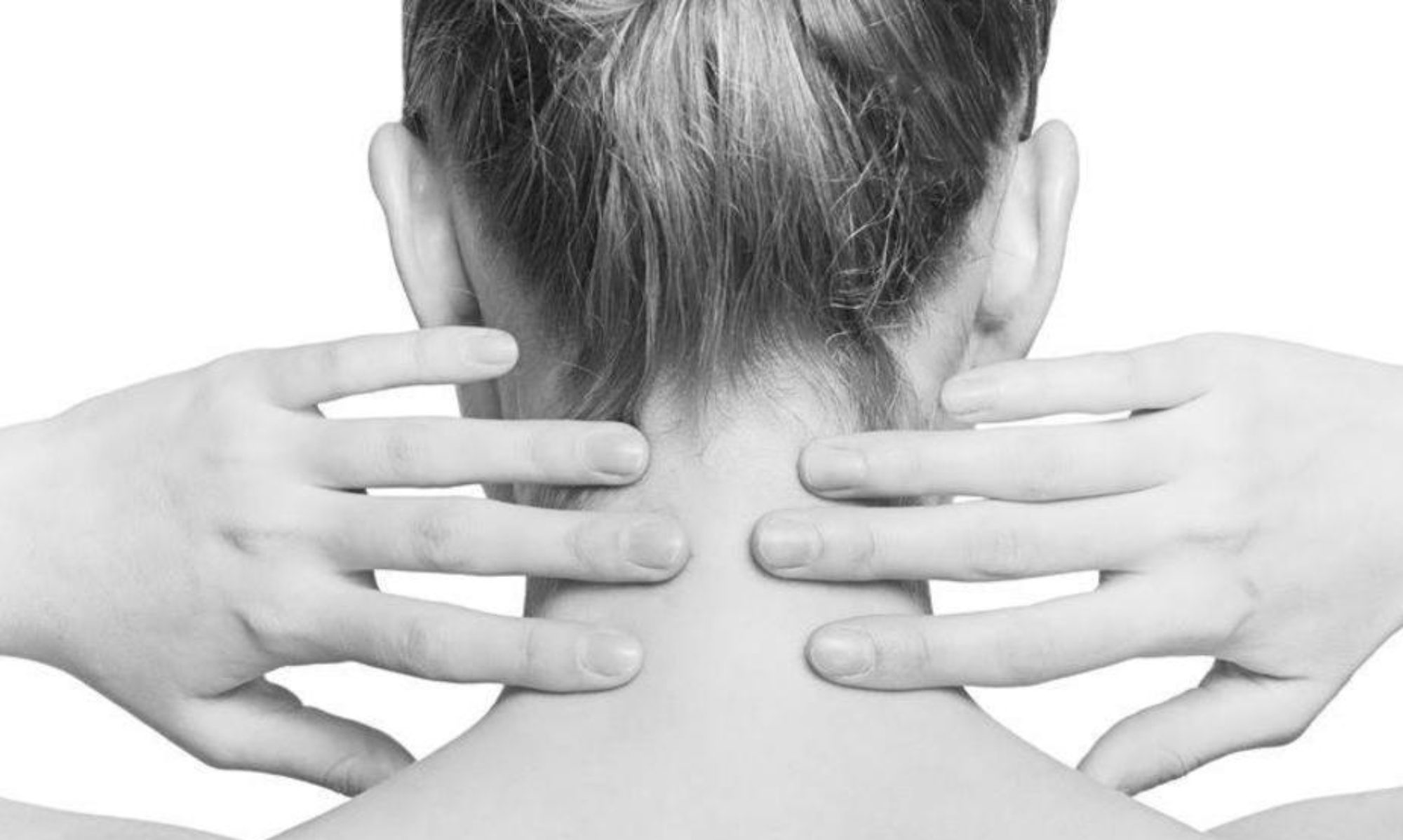
1. Check the Fluids
- Engine Oil: Ensure it’s at the proper level and change it if it’s due.
- Coolant: Check the level and top off if necessary.
- Brake Fluid: Ensure it’s within the recommended range.
- Transmission Fluid: Check the level and condition.
- Windshield Washer Fluid: Fill it up.
2. Inspect Tires
- Tire Pressure: Inflate to the recommended PSI.
- Tread Depth: Check for sufficient tread; replace if worn.
- Spare Tire: Ensure it’s inflated and in good condition.
3. Battery Check
- Connections: Ensure terminals are clean and tight.
- Charge: Test the battery or replace it if it’s old.
4. Brakes
- Inspect brake pads and discs for wear.
- Listen for any unusual sounds while braking.
5. Lights and Signals
- Test all headlights, brake lights, turn signals, and hazard lights.
6. Wipers and Mirrors
- Check wiper blades for wear and replace if necessary.
- Ensure mirrors are clean and properly adjusted.
7. Emergency Kit
- Stock an emergency kit with a first-aid kit, flashlight, water, non-perishable snacks, jumper cables, and basic tools.
- IF YOU DO HAVE A CAR ACCIDENT. MAKE SURE YOU GET TO A SAFE AREA, EXCHANGE INFO AND IF YOU ARE HAVING BACK PAIN, NECK PAIN OR WHIPLASH. Call your local chiropractor.
